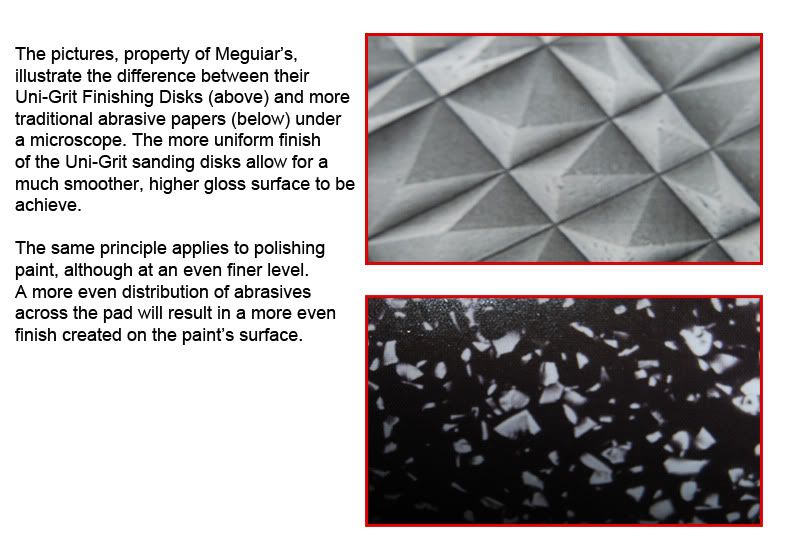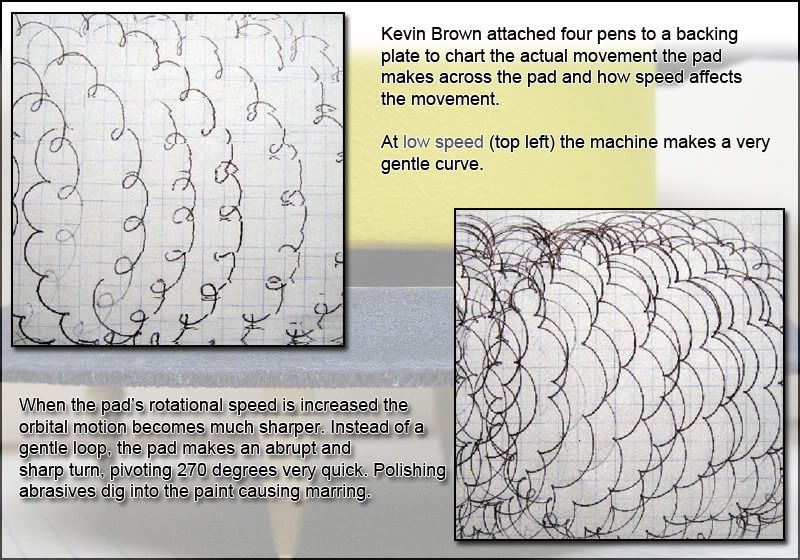Ok so ever since I was little my dad obviously taught me all wrong, he used sponges and chamios. Not until I found this sight did I relize we were doing it all wrong. So I just went to O'rieleys and bought a microfiber wash mit and microfiber towels, I hope there good quality but Im a newb so I don't know.
Last year I clayed my truck, its a ranger, four times and then I put rejex on it, its a synthetic wax I believe, my dad bought it at the harley shop and they say its better than the other stuff. Well 20 hours later I had it done, I got it really good thats why it took so long, a ranger, by hand.
My buddies keep asking me how I keep my cars so shiny, LoL, so now I wanna even improve on that.
I have a 85 5.0 Mustang GT grey and my 2008 Ranger torch red they are both 5 speeds hehe. My truck is full of swirl marks which sux so I need a 2 step polish...right?
So I plan on buying a PC from lowes cuz thats what you guys said is that the best bet? Then I'm clueless on pads. Then I would like to know the process specifically. Wash, clay, use that chemical that takes the residue off I don't know what its called, polish with rough stuff, polish with fine stuff, glaze, wax, sealant.
Is a glaze really worth it? And should you wax and seal it?
I want something that will protect for at least 6 months and rejex says it does that. I've learnt a lot on this site, I've been reading like crazy. I want to get meguiars #62. I have no clue what kind of polish, glaze, wax, and sealent are the best and make it look the best, I would like your guys's opinion on that. Can I get the step by step? Please? Oh FMJ sounds like I need to buy some of that. Thank you guys so much. Help a newb get his vehicles even shinier than it is.
Last year I clayed my truck, its a ranger, four times and then I put rejex on it, its a synthetic wax I believe, my dad bought it at the harley shop and they say its better than the other stuff. Well 20 hours later I had it done, I got it really good thats why it took so long, a ranger, by hand.
My buddies keep asking me how I keep my cars so shiny, LoL, so now I wanna even improve on that.
I have a 85 5.0 Mustang GT grey and my 2008 Ranger torch red they are both 5 speeds hehe. My truck is full of swirl marks which sux so I need a 2 step polish...right?
So I plan on buying a PC from lowes cuz thats what you guys said is that the best bet? Then I'm clueless on pads. Then I would like to know the process specifically. Wash, clay, use that chemical that takes the residue off I don't know what its called, polish with rough stuff, polish with fine stuff, glaze, wax, sealant.
Is a glaze really worth it? And should you wax and seal it?
I want something that will protect for at least 6 months and rejex says it does that. I've learnt a lot on this site, I've been reading like crazy. I want to get meguiars #62. I have no clue what kind of polish, glaze, wax, and sealent are the best and make it look the best, I would like your guys's opinion on that. Can I get the step by step? Please? Oh FMJ sounds like I need to buy some of that. Thank you guys so much. Help a newb get his vehicles even shinier than it is.















